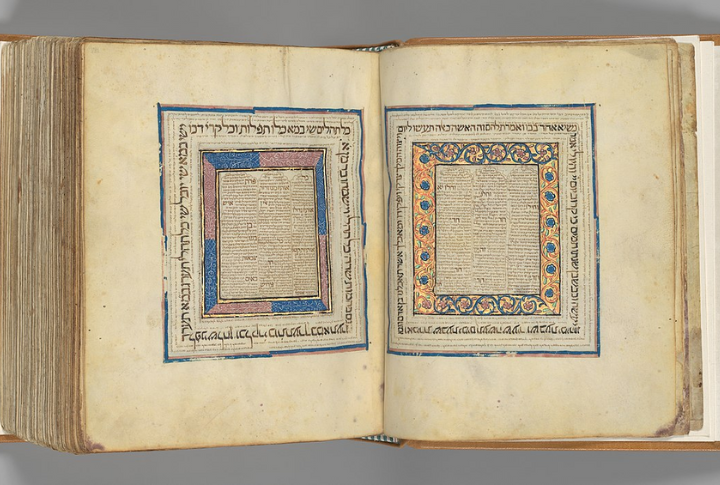
Centuries before Jesus’ birth, the Hebrew Scriptures echoed with clues about a coming savior. Prophets across deserts, kingdoms, and exile spoke of one who would restore hope. Their voices, scattered through scrolls and visions, formed a trail of promises that pointed straight to Christ.
Genesis 3:15 (The Snake Crusher)

From the very beginning, God set the stage for redemption. He declared a coming battle between the woman’s seed and the serpent, revealing Christ’s ultimate victory over sin and Satan. The imagery of a heel strike highlights Jesus’ suffering before His triumph, which reinforces His role as the redeemer.
Genesis 22 (Abraham’s Sacrificial Son)
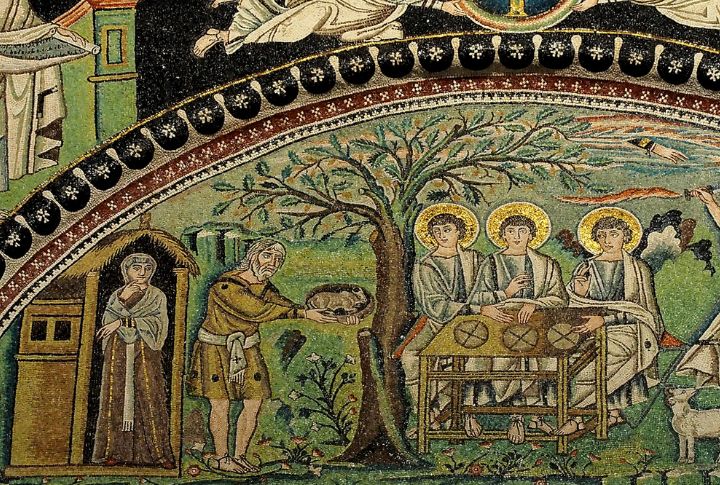
As the story unfolds, Abraham prepares to offer Isaac, yet God provides a ram, symbolizing Christ as the perfect sacrifice. Isaac carrying the wood for his own offering mirrors Jesus carrying His cross. Moreover, this event took place near Mount Moriah, traditionally linked to Calvary, deepening its prophetic significance.
Exodus 12 (The Passover Lamb)
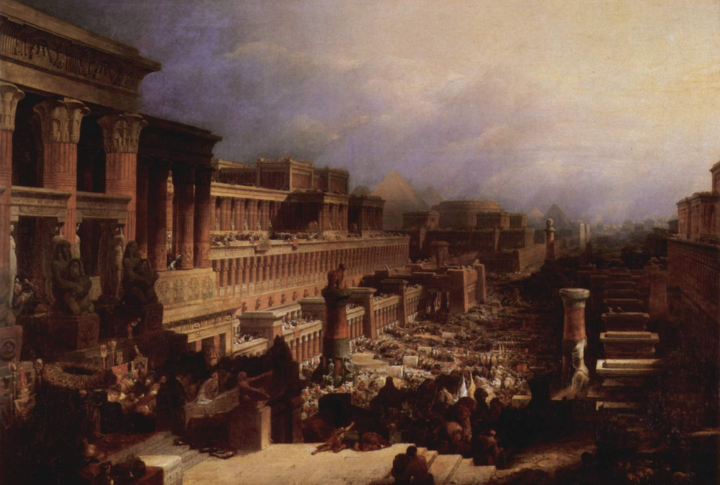
Moving forward in Israel’s history, God instructed them to mark their doors with a lamb’s blood to escape destruction. This act foreshadows Christ’s sacrifice, which saves believers from eternal separation. Only a flawless lamb could be offered—just as Jesus, without sin, became the ultimate fulfillment of this divine standard.
Numbers 21 (The Bronze Serpent)

As serpents attacked, Moses held up a bronze replica, offering healing to anyone who looked. Jesus connected that moment to His crucifixion, pointing to the necessity of being lifted for salvation. A creature of harm becoming a source of hope highlights the complexity of redemption.
Deuteronomy 18:15 (The Prophet Like Moses)
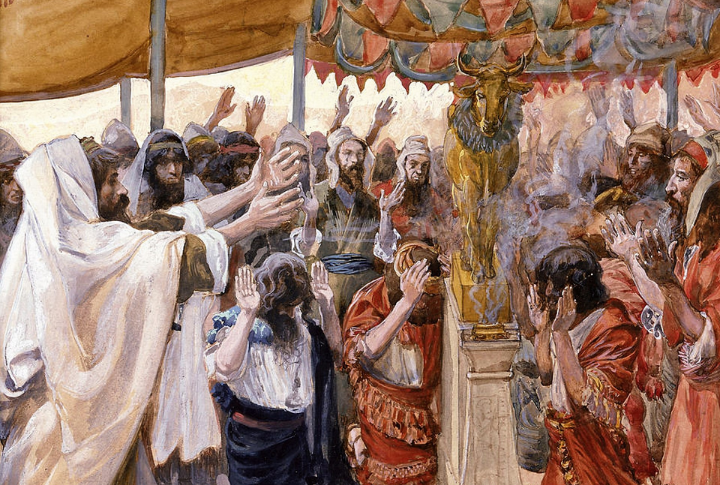
Moses foretold the arrival of a prophet like himself, which was fulfilled in Jesus, who leads people to salvation. Both Moses and Christ performed miracles, established covenants, and faced rejection. Their shared mission of deliverance and transformation highlights Christ’s role beyond kingship but extends into leadership and mediation.
Psalm 22 (The Suffering Messiah)
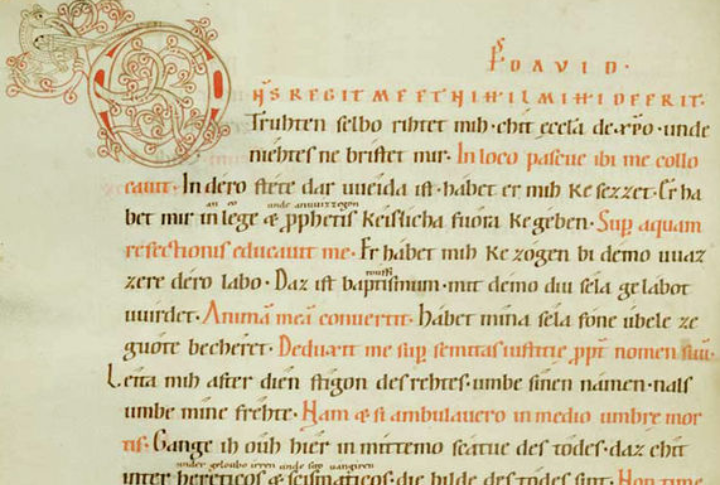
King David penned a psalm that eerily describes Christ’s suffering—pierced hands and feet, public mockery, and divine abandonment. Remarkably, Jesus quoted its opening line while on the cross. This prophecy solidifies His mission, which proved salvation would come through profound suffering.
Psalm 118:22 (The Rejected Stone)
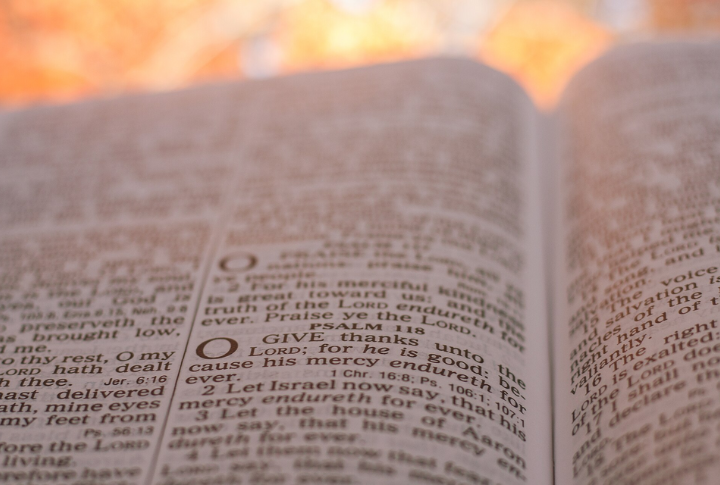
A prophecy about the builders rejecting a stone that would later become the cornerstone directly parallels Christ’s rejection and ultimate triumph. The verse appears multiple times in the New Testament, reinforcing its messianic significance. Interestingly, ancient builders often discarded stones that later proved essential, much like Christ was cast aside yet became foundational.
Isaiah 7:14 (The Virgin Birth)

Isaiah prophesied that a virgin would bear a son named Immanuel, meaning “God with us.” Fulfilled in Jesus’ birth, this prophecy underscores His divine nature. Given over 700 years before Christ’s arrival, its accuracy defies mere coincidence, standing as one of the most striking messianic predictions.
Isaiah 9:6 (The Divine Child)
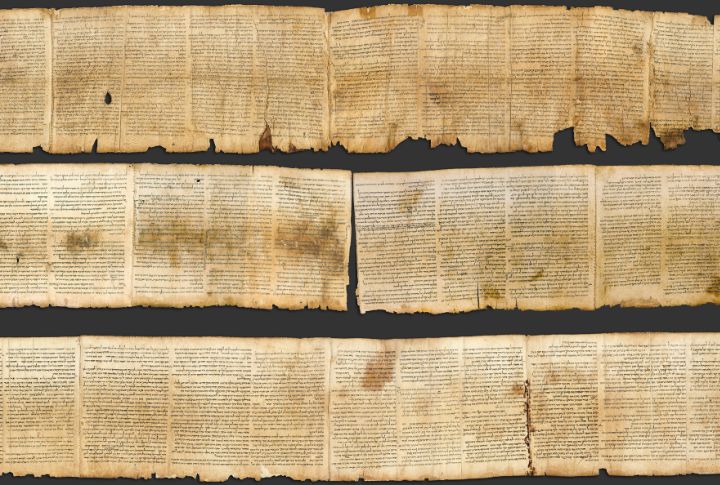
Building on that promise, Isaiah foretold a child who would bear divine titles—Mighty God, Prince of Peace—revealing Christ’s multifaceted role. The verse, often heard in seasonal hymns, emphasizes the divine nature of Jesus’ birth. His coming transformed history, reshaping the relationship between God and humanity forever.
Isaiah 53 (The Suffering Servant)
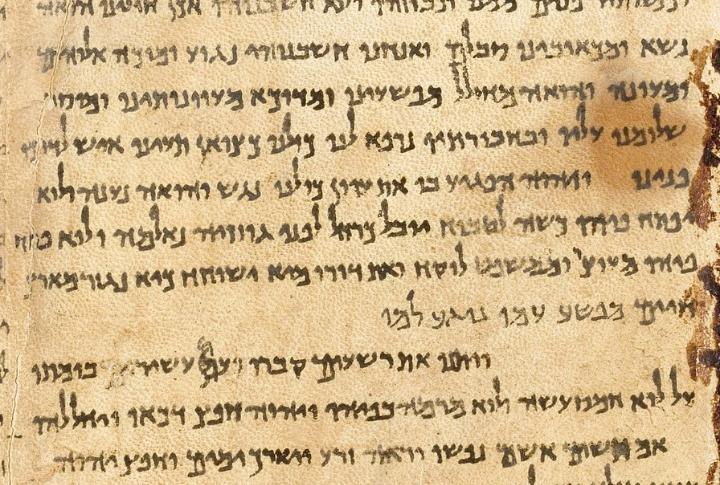
This chapter describes a servant wounded for humanity’s sins, undeniably fulfilled in Jesus’ crucifixion. For centuries, Jewish scholars debated its meaning, yet its accuracy makes Christ the perfect fulfillment. Ultimately, the prophecy’s specific details and undeniable fulfillment reveal the divine precision behind Jesus’ sacrifice.

